Thar Desert – All You need to know Before You go
The Thar Desert, often referred to as the Great Indian Desert, is a vast expanse of arid land that stretches across the northwestern regions of the Indian subcontinent. Primarily located within the state of Rajasthan in India, this desert also extends into parts of Pakistan, making it a shared geographical feature between the two neighboring countries.
Thar Desert: Located in India and Pakistan
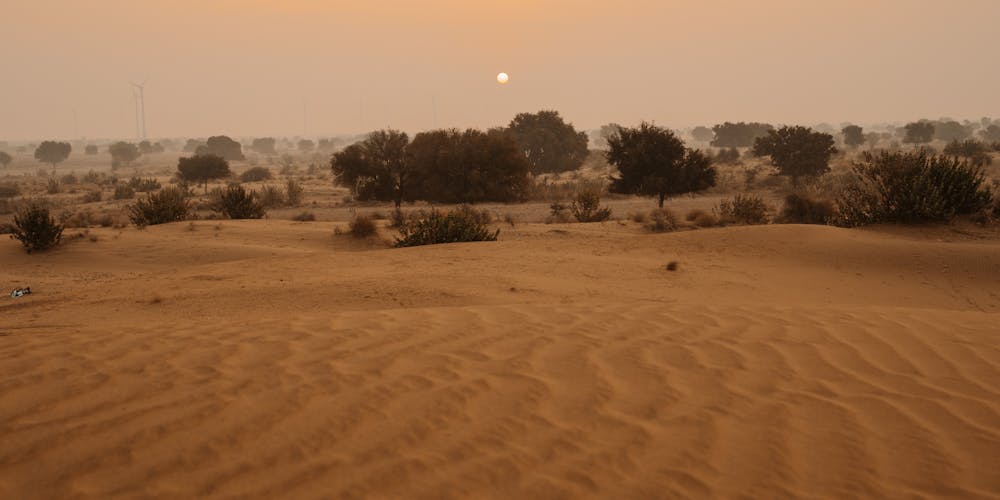
The Thar Desert is situated in the western part of the Indian state of Rajasthan, bordering the neighboring countries of Pakistan and Gujarat. It covers a significant portion of the northwestern region of the Indian subcontinent, making it one of the largest subtropical deserts in the world.
The desert’s geographical boundaries extend from the Rann of Kutch in the south to the Indus River valley in the west, encompassing parts of the Indian states of Rajasthan, Gujarat, Haryana, and Punjab, as well as the Pakistani provinces of Sindh and Balochistan.
The Thar Desert‘s unique location, straddling the border between India and Pakistan, has contributed to its rich cultural and ecological diversity. The harsh, arid conditions of the desert have shaped the lives and livelihoods of the local communities, who have developed innovative strategies to thrive in this challenging environment.
Why is Thar Desert Famous in India?
The Thar Desert is renowned for its multifaceted appeal, capturing the attention of both residents and visitors alike. Its fame in India can be attributed to several key factors:
Unique Ecosystem
The Thar Desert is home to a surprisingly diverse range of flora and fauna that have adapted to the harsh, arid conditions. From resilient desert plants and unique animal species to intricate food webs and delicate ecological balances, the desert’s ecosystem is a testament to the remarkable adaptability of life.
Popular Tourist Places to Visit in Jaisalmer
The desert’s unique landscape, characterized by expansive sand dunes, sparse vegetation, and occasional oases, provides a captivating backdrop for the diverse array of plant and animal life that call this region home. This biodiversity is a source of fascination for ecologists, conservationists, and nature enthusiasts alike.
Cultural Significance
The Thar Desert has been the cradle of numerous ancient civilizations and has witnessed the ebb and flow of various cultural traditions over centuries. The indigenous communities that have resided in the desert for generations have developed rich and vibrant cultural practices, from traditional modes of livelihood to intricate art forms, music, and folklore.
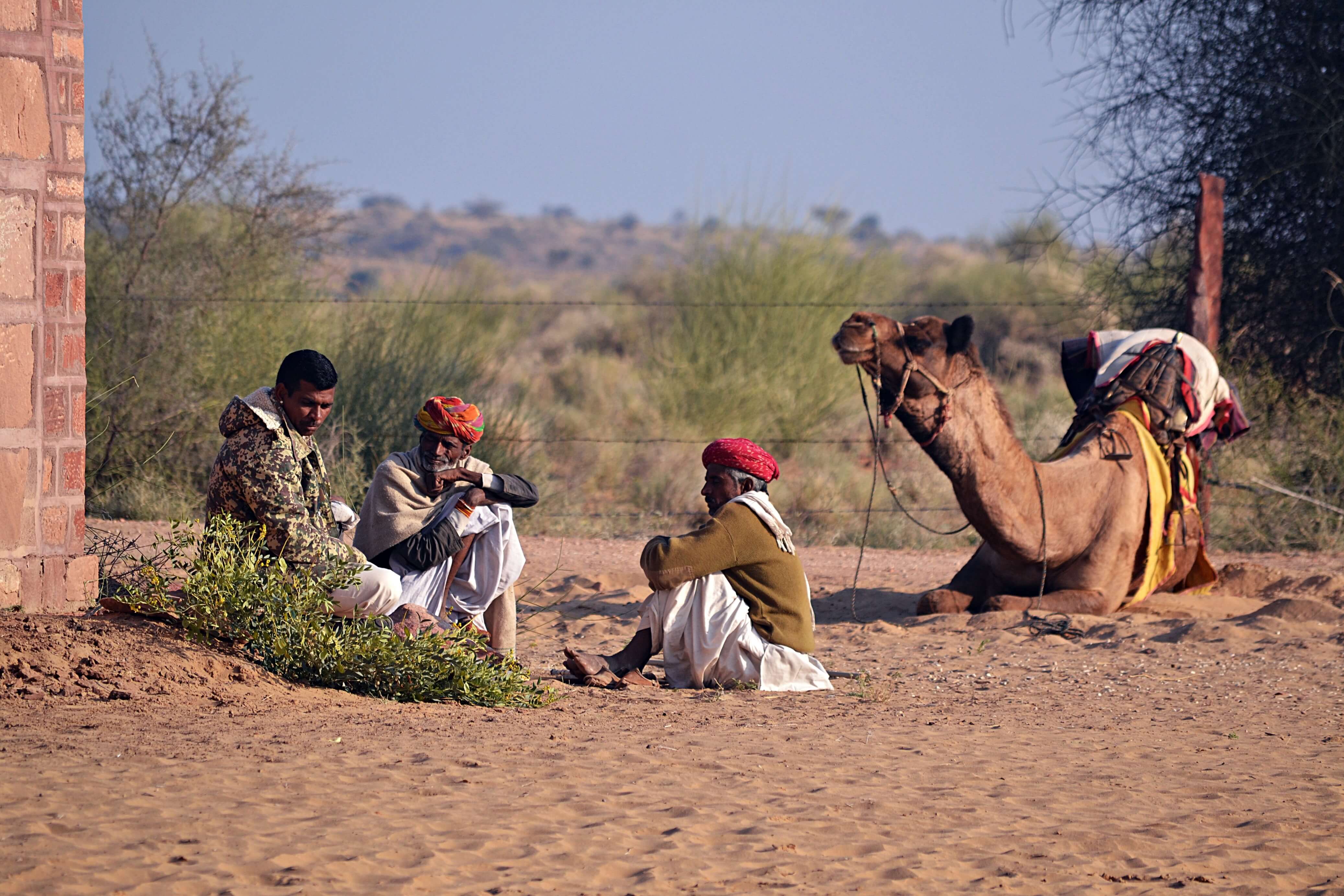
The desert’s cultural significance extends beyond the local communities, as it has also played a crucial role in the broader historical narrative of the Indian subcontinent. The Thar Desert was a vital part of ancient trade routes, connecting the civilizations of the East and the West, and has been the backdrop for numerous significant events and narratives in the region’s history.
Resilience of Inhabitants
The people who call the Thar Desert their home are renowned for their resilience and adaptability. Facing the challenges of an arid climate, limited resources, and often harsh living conditions, the local communities have developed innovative strategies to survive and thrive in this unforgiving environment.
From the nomadic pastoralists who have perfected the art of camel herding to the sedentary farmers who have mastered the art of water harvesting, the inhabitants of the Thar Desert have demonstrated an extraordinary ability to harness the resources available to them and create sustainable livelihoods.
This resilience and ingenuity have not only allowed the local communities to survive but have also contributed to the rich cultural tapestry of the region, making the Thar Desert a source of fascination and admiration for people from all over the world.
Thar Desert Facts

The Thar Desert is a unique and fascinating geographical feature, with a wealth of intriguing facts that contribute to its allure and significance:
One of the World’s Largest Subtropical Deserts
Spanning an area of approximately 200,000 square kilometers, the Thar Desert is one of the largest subtropical deserts in the world. This vast expanse of arid land is second only to the Sahara Desert in terms of its sheer size and geographical reach.
The Thar Desert‘s expansive nature is a testament to its geological and climatic history, shaped by the interplay of various natural forces over millennia. Its vast scale and diverse landscape have a profound impact on the region’s ecology, climate, and the lives of the people who call it home.
Straddling India and Pakistan
The Thar Desert is a shared geographical feature between India and Pakistan, with a significant portion of the desert situated within the borders of both countries. This unique trans-national nature of the desert has contributed to its rich cultural diversity, as the local communities on either side of the border have developed distinct traditions and practices influenced by their national and regional affiliations.
The shared ownership and management of the Thar Desert has also led to collaborative efforts between India and Pakistan in areas such as environmental conservation, cross-border trade, and cultural exchanges, highlighting the potential for international cooperation in addressing the challenges faced by this unique desert ecosystem.
Characterized by Sand Dunes and Arid Climate
The Thar Desert is known for its iconic sand dunes, which are a dominant feature of the landscape. These undulating hills of sand, sculpted by the relentless winds, create a mesmerizing and ever-changing visual tapestry. The desert’s arid climate, with extreme temperatures and low rainfall, is another defining characteristic that has shaped the region’s ecosystems and the lives of its inhabitants.
The harsh climatic conditions of the Thar Desert, with scorching summers and chilly winters, have a profound impact on the local flora and fauna, as well as the traditional agricultural and pastoral practices of the people who reside in this region.
Supports Diverse Flora and Fauna
Despite the seemingly inhospitable nature of the Thar Desert, the region is home to a surprising variety of plant and animal life that have adapted to the challenging conditions. From hardy, drought-resistant desert plants to unique animal species such as the Indian desert fox, the Thar Desert‘s biodiversity is a testament to the resilience and adaptability of living organisms.
The desert’s unique ecosystems, including the occasional oases and seasonal wetlands, provide refuge and sustenance for a wide range of flora and fauna, contributing to the region’s ecological significance and conservation efforts.
Thar Desert Meaning in Hindi
The Hindi name for the Thar Desert varies across different regions, but the most common translations include “Marusthali” (meaning “Great Indian Desert”) and “Marubhumi” (meaning “desert”). These regional variations reflect the diverse cultural perspectives and linguistic traditions that have evolved within the context of this iconic desert landscape.
The use of the term “Marusthali” emphasizes the vast and arid nature of the desert, while “Marubhumi” suggests a more holistic view of the desert as a distinct and integral part of the broader geographic and cultural landscape of the Indian subcontinent.
These Hindi names for the Thar Desert not only capture the essence of this unique geographical feature but also reflect the deep-rooted connection between the local communities and the land they have inhabited for centuries. The linguistic diversity and the nuanced meanings embedded in these regional terms underscore the rich cultural heritage associated with the Thar Desert.
10 Lines on Thar Desert
- The Thar Desert is a vast expanse of arid land, covering an area of approximately 200,000 square kilometers.
- It stretches across the western parts of the Indian state of Rajasthan and extends into the neighboring countries of Pakistan and Gujarat.
- The climate in the Thar Desert is extremely hot and dry, with scorching summers and cool winters.
- Sand dunes are a prominent feature of the desert’s landscape, shaped by the relentless winds that sweep across the region.
- The Thar Desert is home to a surprising variety of flora and fauna, which have adapted to the harsh, arid conditions through unique strategies and survival mechanisms.
- Indigenous communities, such as the Bishnoi and the Raika, have lived in the Thar Desert for centuries, developing sustainable livelihoods and rich cultural practices.
- The desert plays a crucial role in the regional ecology, influencing weather patterns and supporting the delicate balance of the surrounding ecosystems.
- The Thar Desert faces ongoing challenges related to desertification, water scarcity, and the impacts of climate change, necessitating concerted efforts for sustainable development.
- The desert holds immense historical and cultural significance, having witnessed the rise and fall of ancient civilizations and served as a vital trade route connecting the East and the West.
- Efforts are underway to harness the Thar Desert‘s potential for renewable energy production, particularly through the development of solar and wind power projects.
Where is Thar Desert located in Rajasthan?
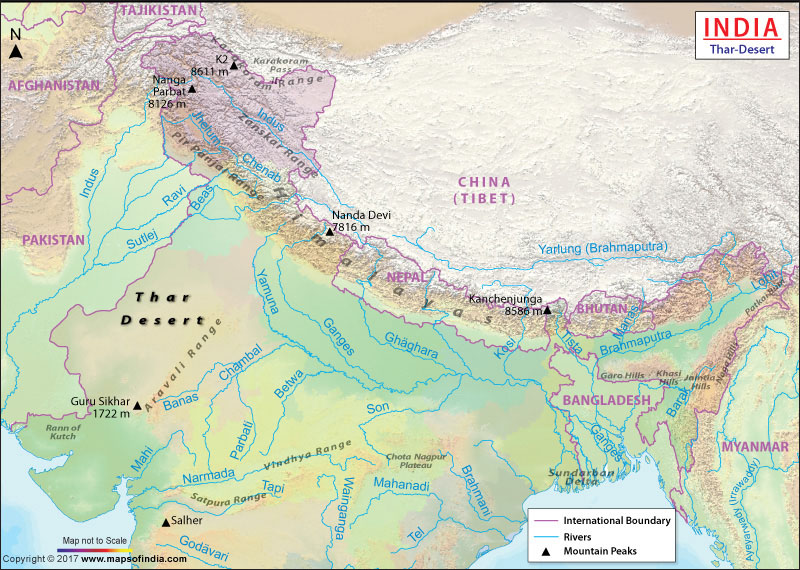
The Thar Desert is primarily located in the western part of the Indian state of Rajasthan, occupying a significant portion of the state’s geographical area. The desert’s expanse extends from the international border with Pakistan in the west to the Aravalli Range in the east, covering a vast stretch of land across several districts of Rajasthan.
The major districts of Rajasthan that fall within the Thar Desert region include Jaisalmer, Barmer, Jodhpur, Bikaner, Churu, and Hanumangarh. These districts are characterized by their arid climate, sparse vegetation, and the presence of iconic sand dunes that have become synonymous with the Thar Desert‘s landscape.
The Thar Desert‘s location in Rajasthan has had a profound impact on the region’s culture, economy, and ecology. The local communities have adapted their livelihoods and traditional practices to the desert’s harsh conditions, while the desert’s unique biodiversity and natural resources have been a source of fascination and exploration for researchers and visitors alike.
Thar desert location – Thar desert map
To visualize the geographical location of the Thar Desert, a map would be a valuable tool. The Thar Desert is situated in the northwestern part of the Indian subcontinent, primarily occupying the western region of the Indian state of Rajasthan, as well as parts of the neighboring states of Gujarat, Haryana, and Punjab.
The desert also extends into the neighboring country of Pakistan, covering portions of the Sindh and Balochistan provinces. A comprehensive Thar Desert map would depict the desert’s boundaries, the major cities and towns located within it, the surrounding mountain ranges and river systems, and the international borders that intersect the desert region.
Such a map would provide a clear, visual representation of the Thar Desert‘s vast geographical expanse, its strategic location between India and Pakistan, and the diverse landscapes and natural features that characterize this unique desert ecosystem.
Importance of Thar Desert
The Thar Desert holds immense importance for a variety of reasons, making it a region of significant interest and relevance:
Ecological Significance
The Thar Desert is a unique and fragile ecosystem that supports a surprisingly diverse array of flora and fauna. Despite the harsh, arid conditions, the desert is home to a wide range of plant and animal species that have adapted to thrive in this challenging environment. This biodiversity is of immense ecological significance, as it plays a vital role in maintaining the delicate balance of the desert’s ecosystems.
The Thar Desert‘s ecological importance extends beyond its intrinsic value, as it also provides essential ecosystem services, such as regulating local and regional weather patterns, supporting the livelihoods of indigenous communities, and serving as a crucial habitat for endangered species.
Cultural Heritage
The Thar Desert has been a cradle of human civilization for centuries, with indigenous communities developing rich and vibrant cultural traditions in response to the harsh desert environment. These communities have fostered unique practices, from traditional modes of livelihood to intricate art forms, music, and folklore, all of which contribute to the cultural heritage of the region.
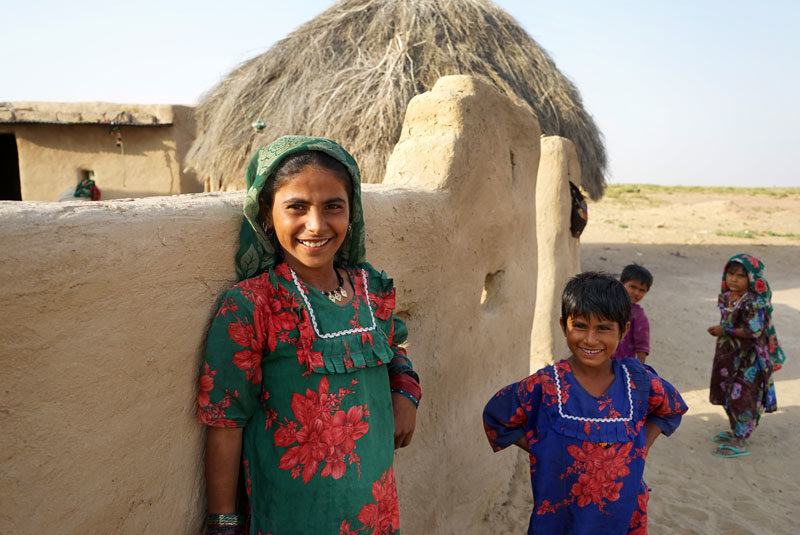
The Thar Desert has also witnessed the rise and fall of ancient civilizations, serving as a vital trade route connecting the East and the West. This historical significance has imbued the desert with a profound cultural and archaeological value, making it a site of immense interest for researchers, scholars, and cultural enthusiasts.
Renewable Energy Potential
The Thar Desert‘s vast, open landscape and abundant sunlight and wind resources have made it a prime location for the development of renewable energy projects. The region holds significant potential for the generation of solar and wind power, which can contribute to the transition towards sustainable and eco-friendly energy solutions.
Harnessing the Thar Desert‘s renewable energy potential not only supports the global shift towards clean energy but also provides economic opportunities and energy security for the local communities, enhancing the overall importance and value of this unique desert landscape.
Sustainable Development Opportunities
The Thar Desert, with its array of ecological, cultural, and energy-related assets, presents numerous opportunities for sustainable development initiatives. From the implementation of water harvesting and conservation techniques to the promotion of eco-tourism and the preservation of traditional livelihoods, the Thar Desert offers a multitude of avenues for developing innovative and sustainable solutions to the region’s challenges.
By leveraging the desert’s unique characteristics and engaging with the local communities, policymakers, and stakeholders can work towards a future that balances the needs of the environment, the people, and the economy, ultimately enhancing the overall importance and significance of the Thar Desert.
Thar desert animals
The Thar Desert is home to a diverse array of animal species that have adapted to the harsh, arid conditions of the region. Some of the notable Thar desert animals include:
Camels

The iconic Bactrian and dromedary camels are perhaps the most well-known animals of the Thar Desert. These hardy, humped creatures have evolved to thrive in the desert environment, relying on their ability to store water and fat in their humps, as well as their specially adapted feet and ability to conserve water.
Camels have played a crucial role in the lives of the local communities, serving as a primary mode of transportation, a source of milk and meat, and as a vital component of the desert’s traditional pastoral and nomadic lifestyles.
Desert Foxes
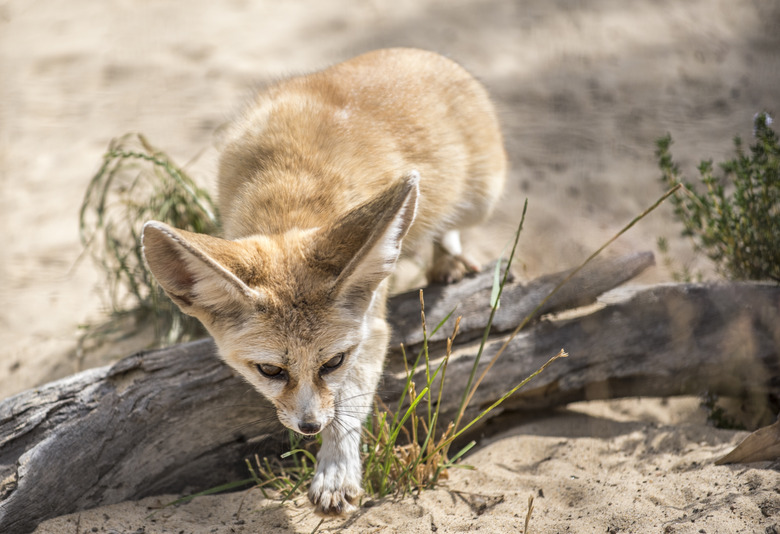
The Thar Desert is home to the Indian desert fox, a unique and elusive species that has adapted to the arid conditions. These small, agile foxes are known for their large ears, which help them dissipate heat and detect prey, and their ability to burrow underground to escape the intense desert heat.
Desert foxes play an important role in the desert’s ecosystem, acting as both predators and scavengers, and contributing to the overall balance of the region’s food web.
Snakes and Lizards

The Thar Desert is home to a variety of snake and lizard species that have evolved to thrive in the arid environment. These reptiles, such as the Indian cobra, the Russell’s viper, and the Sind sand gecko, have developed specialized adaptations, like the ability to burrow underground and conserve water, to survive in the harsh desert conditions.
These reptiles are an integral part of the Thar Desert‘s ecosystem, serving as both predators and prey, and contributing to the overall biodiversity of the region.
Desert Birds

The Thar Desert is also home to a diverse array of bird species that have adapted to the desert’s unique environment. These include the elegant houbara bustard, the resilient desert lark, and the striking greater flamingo, which can be found in the desert’s seasonal wetlands and oases.
These desert-adapted birds play a crucial role in the region’s food chain, as well as in the dispersal of seeds and the pollination of desert plants, contributing to the overall ecological balance of the Thar Desert.
Climate of Thar Desert

The climate of the Thar Desert is characterized by its extreme and arid nature, which has a profound impact on the region’s ecosystems and the lives of its inhabitants.
Arid Climate
The Thar Desert is classified as an arid, subtropical desert, with very low annual rainfall. The average annual precipitation in the region ranges from less than 100 millimeters in the western parts to around 400 millimeters in the eastern regions, making it one of the driest areas in the Indian subcontinent.
This lack of rainfall is a defining feature of the Thar Desert‘s climate, shaping the types of vegetation and animal life that can thrive in the region, as well as the traditional agricultural and pastoral practices of the local communities.
Extreme Temperatures
The Thar Desert is known for its extreme temperature fluctuations, with scorching hot summers and relatively cool winters. During the summer months, temperatures can reach up to 50 degrees Celsius (122 degrees Fahrenheit), making the desert environment inhospitable and challenging for both humans and animals.
In contrast, the winter months can bring relatively low temperatures, sometimes dipping below freezing, especially in the northern parts of the desert. This significant diurnal and seasonal temperature variation is a hallmark of the Thar Desert‘s climate and has a profound impact on the region’s ecosystems and the adaptations of its inhabitants.
Significance in Regional Weather Patterns
The Thar Desert‘s climate and geographical location play a crucial role in shaping the weather patterns of the surrounding regions. The desert’s large expanse and its ability to absorb and radiate heat influence the monsoon systems that bring rainfall to the Indian subcontinent, as well as the formation of local weather phenomena, such as dust storms and sandstorms.
The Thar Desert‘s impact on regional weather patterns has important implications for agriculture, water resources, and the overall environmental sustainability of the surrounding areas, making it a significant factor in the broader climatic context of theIndian subcontinent. Understanding these interactions is essential for developing effective strategies for sustainable land use and environmental management in the region.
More: Street Fight | They Fought At The Funeral
Conclusion
The Thar Desert stands as a remarkable testament to the resilience of life in extreme conditions. Its unique geography, diverse ecosystems, and rich cultural heritage not only define its character but also present significant challenges and opportunities for development. Through sustainable practices, local wisdom, and an appreciation for the intricate balance of its ecology, the Thar Desert can continue to thrive as both a natural wonder and a vital resource for the communities that depend on it.
As we evaluate the importance of the Thar Desert, it becomes clear that fostering a deeper understanding of its complexities can lead to better stewardship of this unique environment. Emphasizing conservation, promoting eco-friendly tourism, and supporting traditional lifestyles are essential steps toward ensuring the desert’s health and vitality for future generations. Ultimately, the Thar Desert serves as a powerful reminder of nature’s resilience and the interdependence of all living beings within our planet’s delicate ecosystems.
Through collective efforts to protect and value this extraordinary landscape, we can ensure that the Thar Desert remains a vibrant and thriving part of our world, enriching both the lives of its inhabitants and the broader ecological narrative of the Indian subcontinent.
